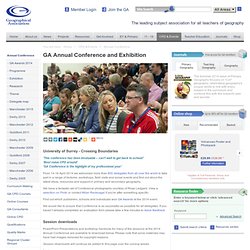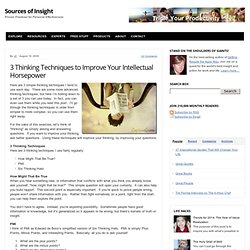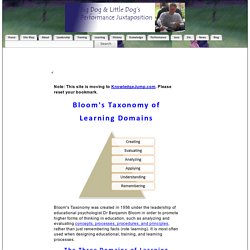

21st century learning and teaching. LEARNING AND TRAINING RESOURCES FOR FREE. The Pedagogy Postcard Series: All in one place. Taxonomy. Teaching and learning. Geographical Association - Aid agency response to humanitarian disasters. Every year humanitarian emergencies affect millions of people around the world.

Whether these develop slowly, like a drought or a refugee crisis, or happen more suddenly, like an earthquake or a typhoon, aid agencies are there to help the survivors. Aid agency CAFOD (the Catholic Agency for Overseas Development) have produced the resource pack Emergency! To help KS3-P16 students understand how an aid agency works during a humanitarian emergency. Emergency! Film In this four minute video students discover what how aid agency CAFOD responds to an emergency, and how the money donated from the public is used to support communities affected by a disaster.
Flood! Flood! Flowchart Details of what CAFOD does in an emergency and various lesson ideas to accompany the flowchart (PDF download). Aid agency response to disasters – short films The videos on this page are about CAFOD’s emergency response work to previous disasters in the Philippines, Syria and Haiti. Case studies Comment on this page. Geographical Association - GA Annual Conference and Exhibition.
Lectures Public lecture - From Geo-education to Geocommunication: new rules of engagement All KSProfessor Iain Stewart, Chair in Geoscience Communication at the School of Earth, Ocean and Environment Sciences, University of Plymouth Television and the mass media offer exciting ways to get geographical content to a broader public but achieving that greater reach brings challenges about both the medium and the message.

What can we learn from how geographical knowledge and issues are packaged and framed in popular culture and what are the opportunities (and threats) from alternative social media communications? Download: Presentation (PPT) Presidential lecture - Crossing boundaries All KSProfessor Hazel Barrett, 2013–14 President, Geographical Association As geography educators we are constantly crossing boundaries between levels in our education system and geographical boundaries, as well as pushing back the boundaries of the subject of geography itself.
3 Thinking Techniques to Improve Your Intellectual Horsepower. Here are 3 simple thinking techniques I tend to use each day.

There are some more advanced thinking techniques, but here I’m boiling down to a set of 3 you can use today. In fact, you can even use them while you read this post. I’ll go through the thinking techniques in order from simpler to more complex, so you can use them right away. For the sake of this exercise, let’s think of "thinking" as simply asking and answering questions. If you want to improve your thinking, ask better questions. 3 Thinking Techniques Here are 3 thinking techniques I use fairly regularly: How Might That Be True? How Might That Be True When you hear something new, or information that conflicts with what you think you already know, ask yourself, "how might that be true? " You don’t have to agree. PMI I think of PMI as Edward de Bono’s simplified version of Six Thinking Hats.
What are the plus points? This helps you expand your thinking. What are the facts and figures? A site dedicated to exploring the use of ICT to enhance the teaching and learning of geography. Bloom's Taxonomy of Learning Domains. Note: This site is moving to KnowledgeJump.com.

Please reset your bookmark. Bloom's Taxonomy was created in 1956 under the leadership of educational psychologist Dr Benjamin Bloom in order to promote higher forms of thinking in education, such as analyzing and evaluating concepts, processes, procedures, and principles, rather than just remembering facts (rote learning). It is most often used when designing educational, training, and learning processes. The Three Domains of Learning The committee identified three domains of educational activities or learning (Bloom, et al. 1956): Cognitive: mental skills (knowledge) Affective: growth in feelings or emotional areas (attitude or self) Psychomotor: manual or physical skills (skills) Since the work was produced by higher education, the words tend to be a little bigger than we normally use. While the committee produced an elaborate compilation for the cognitive and affective domains, they omitted the psychomotor domain.
Cognitive Domain Review. Geographic visualization tools. Problem based learning. Assessment and Marking. TED videos. Learning Theories. Inquiry Based Learning. Bloom's Taxon. & Objectvs. QR Codes. iPad/iPhone free apps. School revision. Apps, iPads, Tablet Ideas. Differentiated Instruction. Blended Learning - PLC.